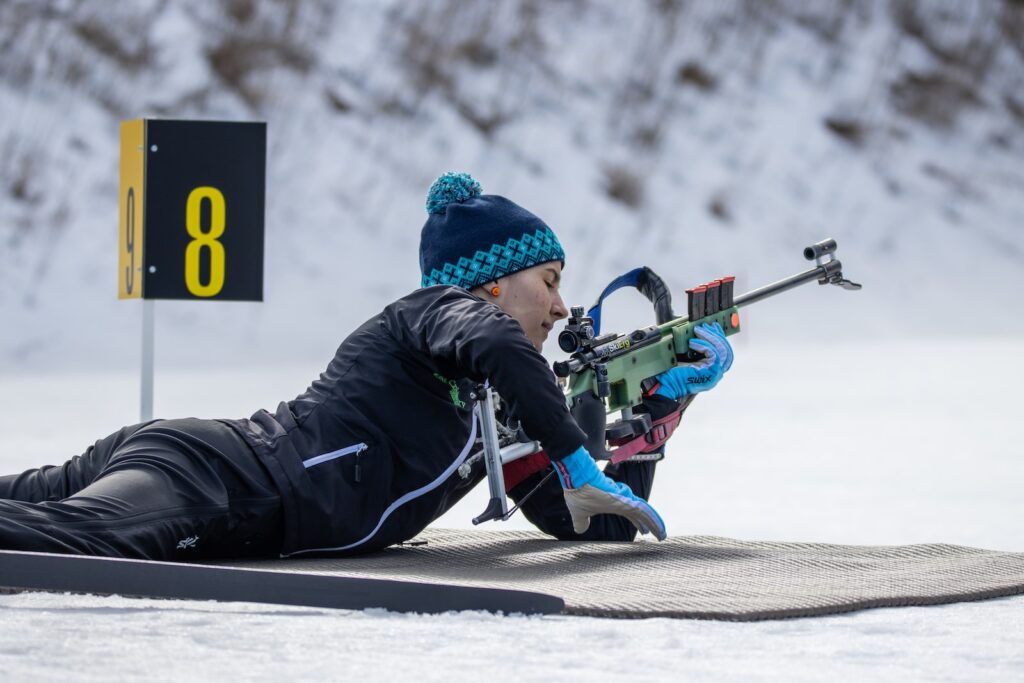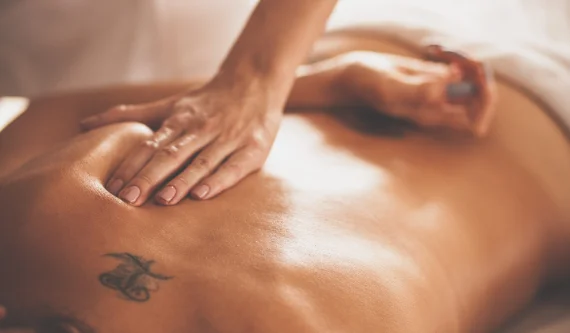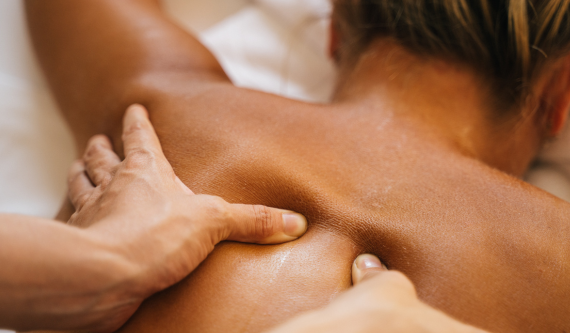Biathlon is an intense winter sport that requires both physical and mental strength. As a combination of cross-country skiing and rifle shooting, biathletes rely on several muscle groups to execute their performance effectively. This article will explore the key muscle groups used in biathlon, the common injuries biathletes may experience, effective treatments for those injuries, and techniques for strengthening muscles to prevent future injuries.
Muscles in Action: Key Muscle Groups Used in Biathlon
Biathlon requires exceptional cardiovascular fitness, endurance, and strength. The muscles used in biathlon include the quadriceps, hamstrings, glutes, calves, upper back, shoulders, and core muscles. The primary muscle groups used in cross-country skiing are the legs, and the upper body is responsible for stability and balance.
The quadriceps muscles are the primary muscles used in cross-country skiing, while the hamstrings and glutes play a significant role in driving the body forward. The calves work in coordination with the glutes to propel the skier forward. The upper back and shoulders are responsible for maintaining balance and stability, while the core muscles provide stability and support throughout the entire movement.
Common Injuries on the Track: Biathlon Injury Risks
As with any sport, biathlon carries the risk of injuries. Some of the most common injuries biathletes experience include shoulder injuries, back pain, knee pain, and ankle sprains. Cross-country skiing requires repetitive movements that can cause muscle strain and overuse injuries.
The cold weather and slippery terrain can also increase the risk of falls and fractures. Rifle shooting can also pose risks if the athlete is not using proper technique and posture. Injuries can significantly affect an athlete’s performance and may require extended recovery time.
Recovery on the Snow: Effective Treatments for Biathlon Injuries
Proper treatment of biathlon injuries is crucial for a speedy recovery and returning to the sport. Rest, ice, compression, and elevation (RICE) are effective first-aid treatments for most injuries, such as strains and sprains. Physical therapy is also an important part of recovery, as it helps to strengthen the injured muscle groups and prevent future injuries.
In more severe cases, surgery may be necessary, and the athlete may require more extended recovery time. Pain management techniques, such as over-the-counter medications or prescription drugs, can also be useful in managing pain and promoting healing.
Training for Success: Strengthening Techniques for Biathletes
Biathletes need to maintain a high level of fitness and endurance to perform effectively. Strength training is crucial in building and maintaining the muscle groups used in biathlon. Focus on exercises that target the quadriceps, hamstrings, glutes, and upper body muscles.
Endurance training, such as long-distance skiing and interval training, can also help to increase cardiovascular fitness and stamina. Proper warm-up and cool-down exercises before and after training or competition are also important in preventing muscle injuries.
In conclusion, biathlon is a demanding winter sport that requires exceptional physical and mental strength. Understanding the key muscle groups used in biathlon, the common injuries biathletes may experience, effective treatments for those injuries, and techniques for strengthening muscles can help athletes prevent injuries, perform effectively, and excel in this challenging sport.





